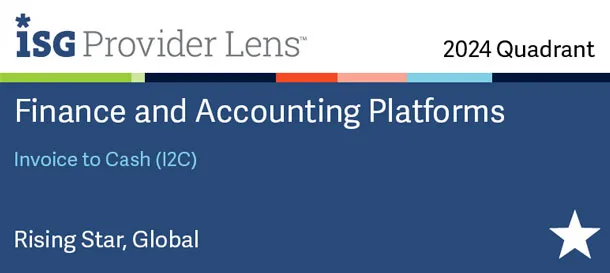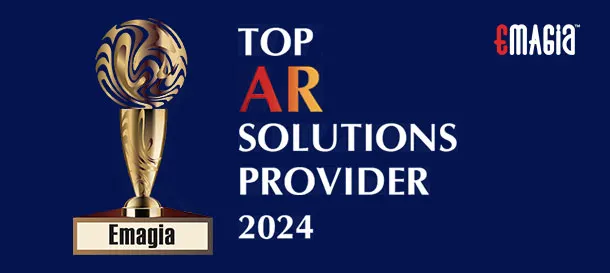Cash in Advance (CIA) is a payment term commonly used in high-risk transactions. It ensures that sellers to receive payment before shipping the goods or delivering services. For businesses, understanding how CIA works and its implications can be crucial for financial stability and risk management.
What is Cash in Advance (CIA)?
Cash in Advance is a payment arrangement where the buyer pays for goods or services upfront, before the seller fulfills the order. This method is typically used in transactions involving new buyers, high-value orders.
How Does Cash in Advance Work?
- Agreement: The seller and buyer agree on the terms, including the amount and payment schedule.
- Payment: The buyer transfers the payment through an agreed-upon method, such as bank transfer or online payment platform.
- Order Fulfillment: Once the seller receives the payment, they proceed with shipping the goods or providing the service.
- Delivery Confirmation: The seller ensures the buyer receives the order, completing the transaction.
Advantages of Cash in Advance
- Risk Reduction for Sellers: Sellers eliminate the risk of non-payment.
- Cash Flow Management: Immediate payment supports better financial planning.
- Simplified Transactions: No need for credit checks or complex financing arrangements.
Challenges of Cash in Advance
- Buyer Hesitation: Upfront payment may discourage buyers, especially new customers.
- Competitive Disadvantage: Competitors offering flexible terms may attract more buyers.
- Potential for Fraud: Trust issues can arise, particularly in cross-border transactions.
Common Scenarios for Using Cash in Advance
- High-Risk Markets: When selling to countries with unstable economies or currencies.
- Custom Products: For goods made to order, reducing the risk of non-payment.
- Unverified Buyers: Transactions with new customers with no established credit history.
Alternatives to Cash in Advance
- Letter of Credit (LC): A bank guarantees payment, balancing risk for both parties.
- Partial Advance Payment: The buyer pays a percentage upfront and the balance later.
- Open Account: Payment is made after delivery, typically used with trusted buyers.
Tips for Implementing Cash in Advance
- Set Clear Terms: Outline payment methods, timelines, and penalties for delays.
- Build Trust: Use secure payment platforms and provide references to reassure buyers.
- Maintain Transparency: Communicate proactively about order status and delivery.
- Offer Incentives: Discounts for upfront payment can encourage buyers to choose CIA.
FAQs About Cash in Advance
1. Is Cash in Advance safe for sellers?
Yes, it ensures the seller is paid before shipping goods, reducing financial risk.
2. Can buyers trust Cash in Advance transactions?
Buyers should work with reputable sellers and secure payment methods to minimize risks.
3. What payment methods are used for Cash in Advance?
Bank transfers, credit cards, and online platforms like PayPal or Stripe are common options.
4. Does Cash in Advance apply to all industries?
While common in international trade, CIA is also used in custom manufacturing and niche services.
5. How can small businesses use Cash in Advance effectively?
Clear communication, trust-building, and offering value-added incentives can help small businesses implement CIA without losing customers.
Conclusion
Cash in Advance is a robust payment method that offers security to sellers but may require strategic implementation to gain buyer confidence. By balancing risk and trust, businesses can leverage CIA to protect their interests and ensure smooth transactions.







